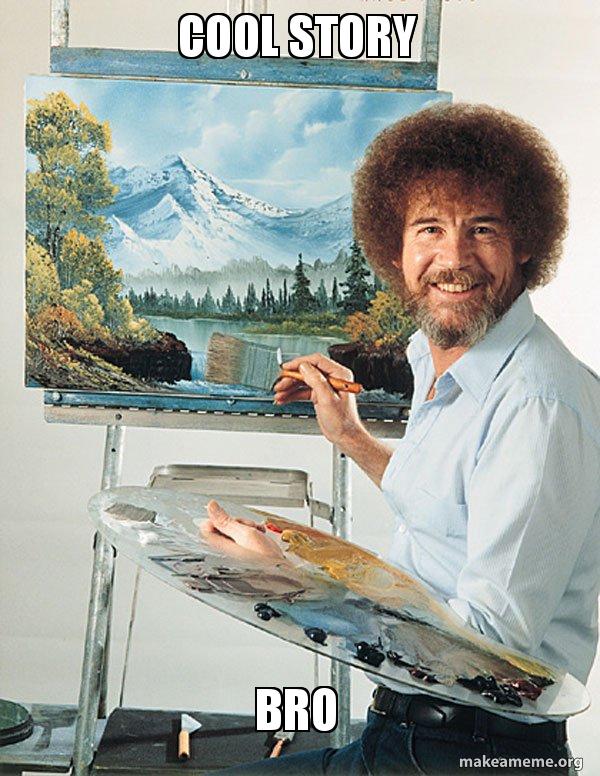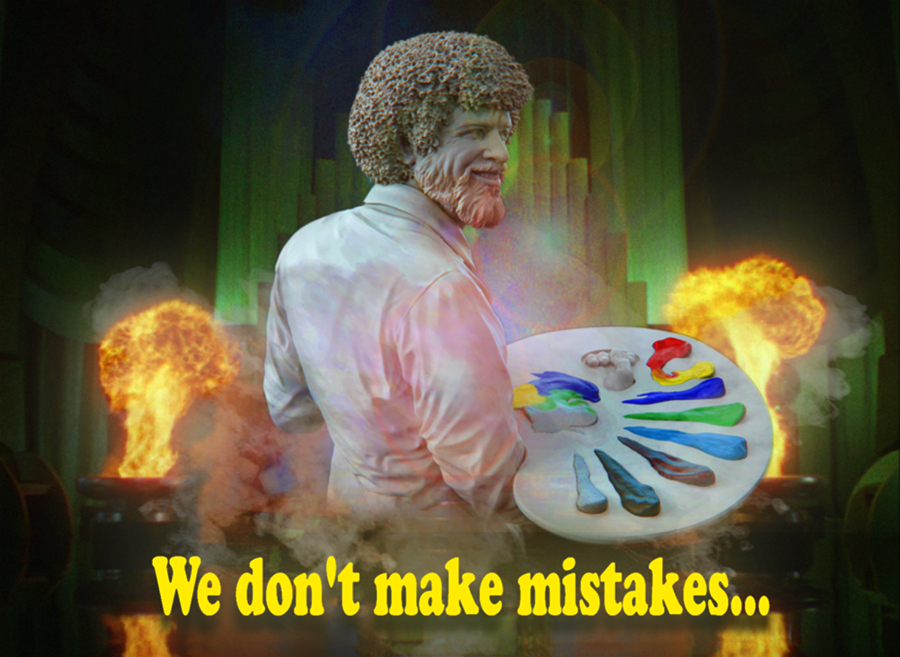Moving Pictures Visually in a Narrative offers all cultures a way to express their histories and stories through images and art.
Visual literacy spans across all mediums. There are three basic types of visual narrative: Static, Dynamic, and interactive. They all include these 3 elements: characters or objects that can act out a story, a narrative cue to alert the brain and activate the eye, and a sense of sequence.
Obviously, static visual narratives are still images: Comics, scrolls, murals, manuscripts, paintings, photos, graphics, etc.
They unfold in actual space.
The visual image is fixed in place to a surface.
It depends on the viewer gaining knowledge from previous scenes or frames.
The viewer gets to choose how fast or slow the story proceeds.
Time to contemplate is controlled by the viewer.
Movement is implied and is a result of the viewer moving from one scene to another.
Dynamic visual narratives are moving pictures.
These include animation and cinema.
They tell stories through time.
Viewed with visuals in rapid succession.
Previous images are inaccessible to the viewer once they have happened.
The view is fixed yet the visuals move.
Control of the speed and pace is controlled by the creator.
Implied movement is through rapid succession of images.
Interactive moving visual pictures can include both static and dynamic visualizations.
The viewer has control over the time it takes for the story to develop. Video games and picture books are great examples of this.
Time extends through many possible pathways.
Visuals can change based on the viewers choice.
Viewers can access prior knowledge of the story, but the story doesn’t depend on prior knowledge.
Speed determination varies.
The viewer can manipulate the story.
Active participation is required.

Creating the hook!
Every symbol we make, every font we use, every letter we make has meaning. Signs, logos, and trademarks are all common types of symbols designers use to convey information. Logo designers know that symbols stick in peoples memories.
Complex associations are made by incorporating subject, content, and context within each sign or symbol. Symbols do not have to have a resemblance to the thing they represent. The best ones are really simple and convey intent as to its purpose.
How many of these logos can you identity?
A simple word with a tricky font or memorable shape can go a long way to imply meaning. Icons, on the other hand, usually look like the objects they represent.
In some circles, signs and symbols have secret meanings or more than one meaning. Visual codes and cues are often used for groups to communicate. Graffiti is a common way to express ideas . These were common symbols used by hobos and homeless people back in the early 1900s.
Subject matter refers to the depicted object itself.
To recognize subject matter, the viewer has to take inventory of what is seen. Think of the nouns in the composition of the whole. The nouns would be the subject matter.
Content is the impact or meaning in the object. Content is like the analysis of the subject matter. Both these elements are required in creating a symbol.
Subject matter can be broken up into genres or other groupings:
-Still life
-Landscape
-Figurative
-Interior
-Portraits.
Content moves beyond the formal aspects of the art itself and is connected to why the artist made the object. Does it have function? Is there a meaning to communicate?
Simply put:
A drawing of a bird is the subject matter.
The content is ‘what kind of bird’?
From there you can add themes and tell a story…

Moving pictures and symbols
What is it about symbols that fascinate people so much?
After all, we’ve been obsessing over them since the dawn of time.
Symbolism, or semiotics as it’s known in technical circles, plays such a large part in human communication because people are constantly looking for deeper meaning. Whether it’s in the stars, drawn on a cave wall or in the newest visual content, we add such meaning to our communication through the use and interpretation of signs.
Simply because we humans look for meaning in everything around us.
Anything can become a symbol as long as people interpret it to mean something other than its literal definition. Some symbols, however, have become so ingrained within our cultural sphere that they carry an almost universal meaning. After all, who doesn’t immediately associate an owl with wisdom, a dove with peace or a red rose with romance?
Whether you’re a designer, a filmmaker or a writer, all communicators must resort to symbolism and moving pictures to communicate a message.
To help you create meaningful content that triggers the right associations in your audience, here are 40 symbols all storytellers should be familiar with.
Read more at https://visme.co/blog/symbols-and-meanings/
This brings us to context. What did the artist intend when creating the piece? Who is the artist making it for? Who is the audience? Was it commissioned?
Some things are created for a private audience…
An example being old pre printing press manuscripts and Bibles. These were works of art commissioned for a private owner with a limited audience. Frescoes and large statues were meant to be seen by all the common people. Context is the purpose and the function of the object. How has this changed over time? Context is essential when trying to identify meaning in a work of art. The circumstances of its creation and viewing must be considered.
Appropriation is common.
This is borrowing, copying or altering preexisting images, objects, and ideas. There is correlation to this in music too. Common chord changes and rhythms are used constantly. Where else do people get their ideas from? We all take bits and pieces from everything we see, hear, taste, smell and touch and form our own composites to communicate ourselves to one another. This is a common currency we all can draw and improve upon in new ways with new means. Question everything you see by placing each image you see in its context. How does it fit in an historical fashion? The context of the culture it serves. How was it made? Etc, etc, etc…



